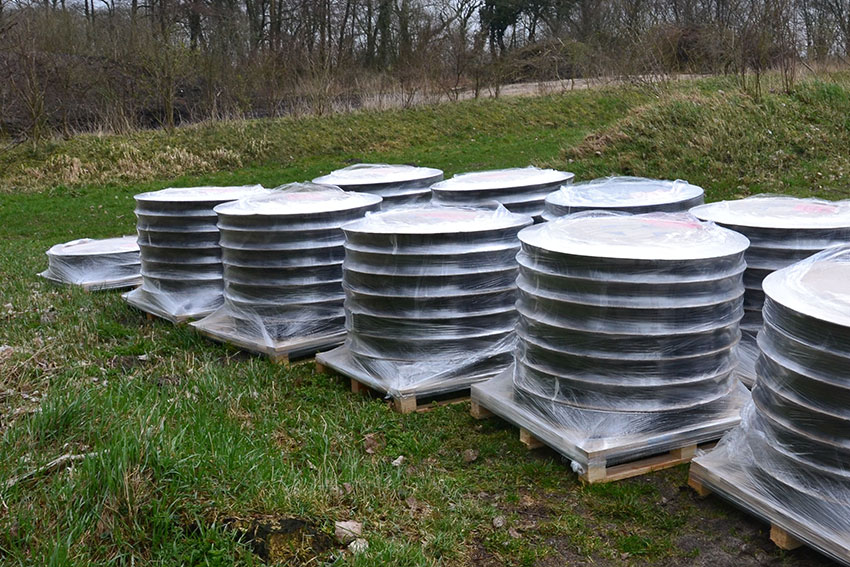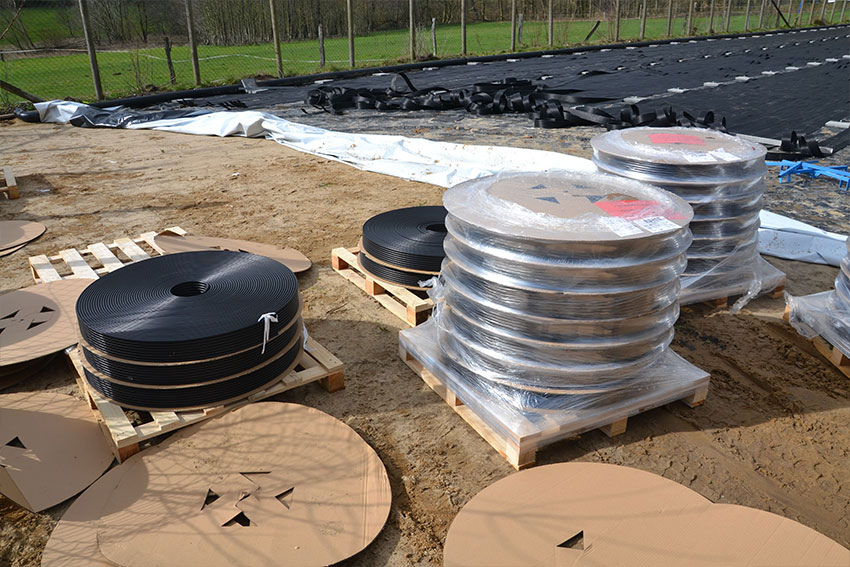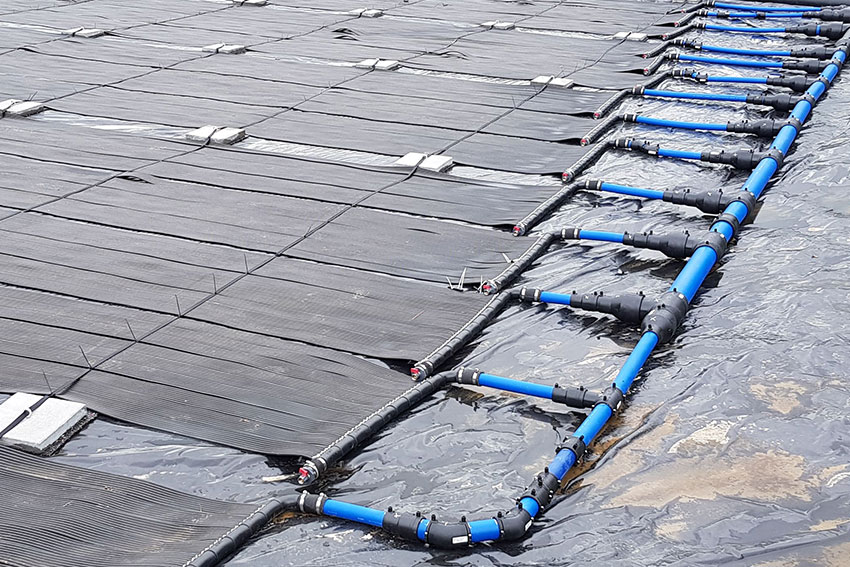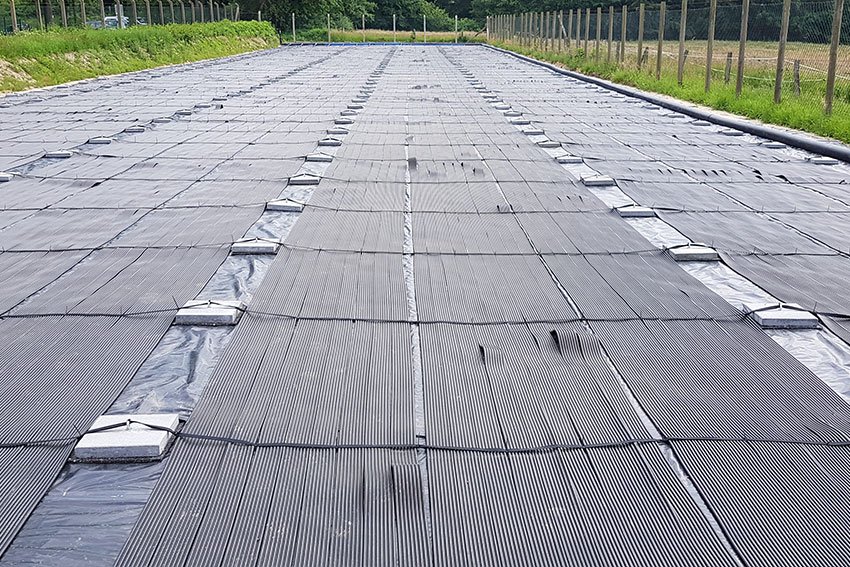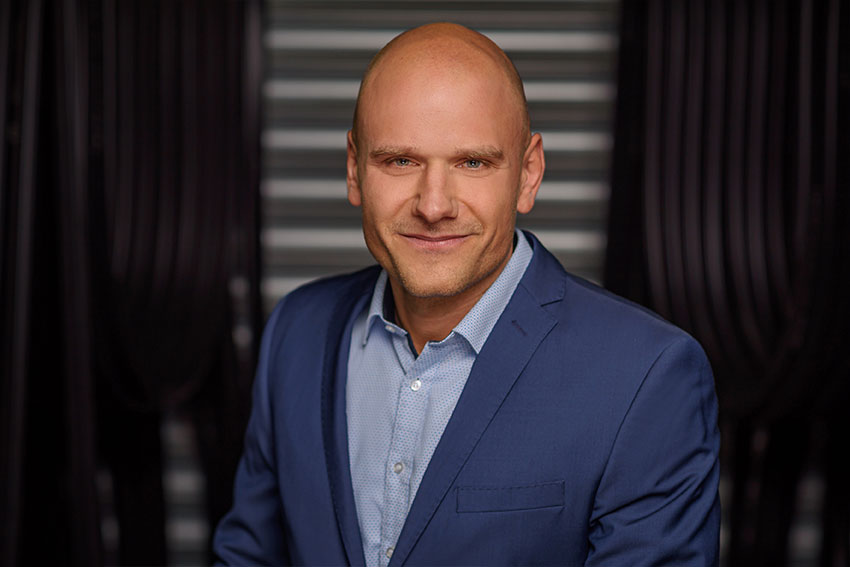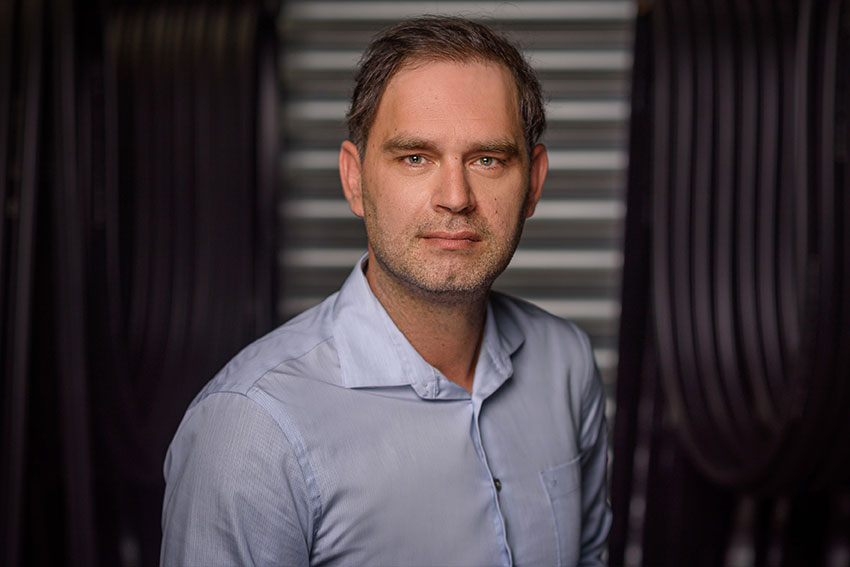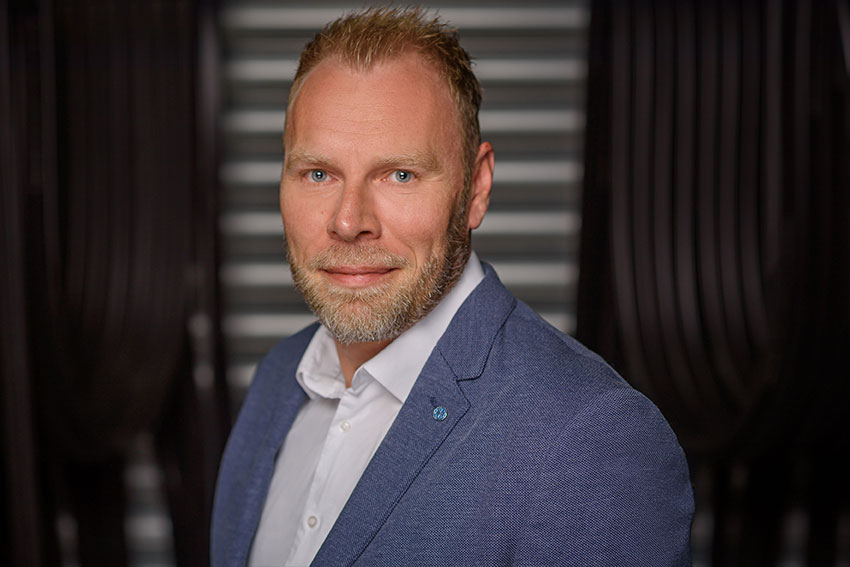Case Study | open-air pool
Nordhastedt
Solar absorber system
Renovation of Nordhastedt open-air pool
Renewable energy and CO2 emissions have become major buzzwords within both companies and private households. Both open-air and indoor swimming pools need to be heated with minimal energy costs and without harming the environment. Unlike fossil fuels such as oil or gas, solar energy has great cost-saving potential and is emission-free. It is therefore a clean energy for use in heating swimming pools.
The challenge in this project
When converting to the solar absorber system, the open-air swimming pool in Nordhastedt focused on maximum solar heat yields per surface area with continuous quality to achieve fast and, above all, efficient heating. In order to ensure a smooth start to the swimming season, the conversion had to be carried out in spring in the shortest possible timeframe. The weather conditions were still very unstable at that time and temperatures were sometimes below freezing. As a result, the solar plant had to be frost-proof and able to be cut to customer-specific lengths during the conversion.
Solution and benefits
By supplying project-specific fixed lengths, the 980 square metres of solar surface could be laid in less than 3 months and there was minimal to no material waste. Our solar mats in the Aqsol solar absorber systems have been tested according to very demanding test criteria for the latest DIN EN 12975 by the Institut für Solarenergieforschung (Institute for Solar Energy Research) in Hameln and were declared the winner. The comparative test aimed to check the heat output and material quality with utmost precision and in line with practical requirements. This means that, in future, the swimming pool heating system in Nordhastedt will be environmentally and economically superior to pools operated with oil, gas or electricity. With 91% cost-free heat in the pool’s water circuit and an average operating time of 25 years, the solar absorber system offers the following advantages throughout the swimming season:
- 300 kWh per square metre absorber surface
- Savings of 40 l oil per square metre of absorber surface
- Reduction of approx. 90 kg CO2 emissions per square metre of absorber surface
The EPDM compound specially developed for this application is known for its excellent resistance to UV, ozone and weathering. In addition, EPDM material is highly resistant to chlorine, alcohols and other chemicals. These material properties guarantee permanent functionality without maintenance over the entire service life.
Martin Lassen, Managing Director of Aqsol
Our services

CALCULATIONS

TESTS

LABORATORY

ON-SITE-SERVICE
Your contact person
Language: ENG / GER
Language: ENG / GER
Language: ENG / GER
